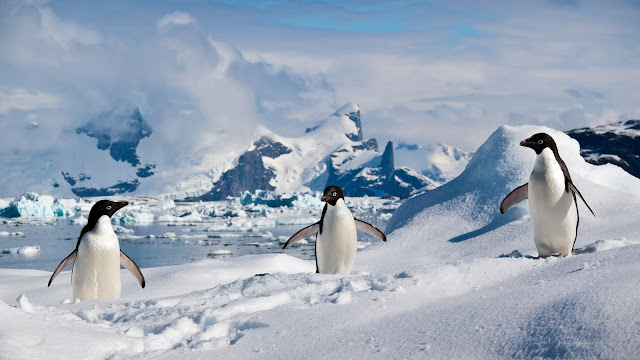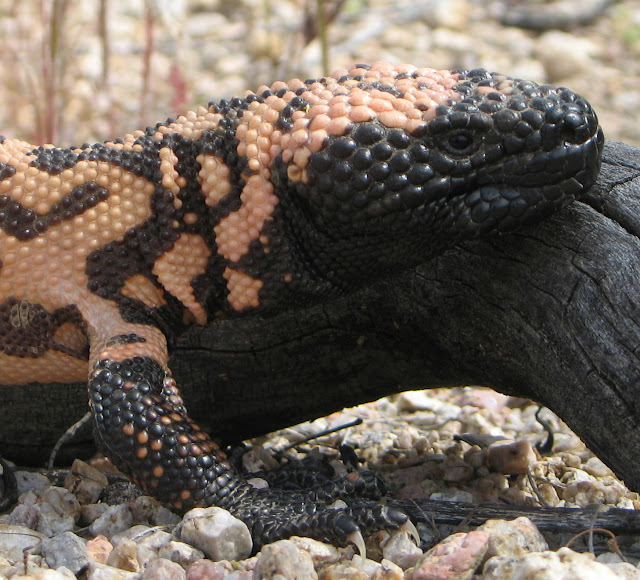The southern fringe of the Sahara, known as the
Sahel, is believed by some scientists to be advancing by as much as 9 miles (15km) a year. Horrifying reports of drought, starvation and death in Ethiopia, Somalia and Sudan have shocked the world. But is the Sahara really moving southwards or are the devastating crop failures being caused by politics and by bad management of land?
Global warming caused by increased carbon dioxide in the atmosphere from human activities is often blamed for the Sahel famines, but there is little proof. There is, however, plenty of evidence that the climate has fluctuated in log cycles over the past 2 million years. Stone Age paintings depict antelopes, elephants and lions at Tassili N’Ajjer in the Algerian Sahara. And roman cities all over North Africa, such as Leptis Magna in Libya, once ruled over the granaries of the Roman Empire where fields grew grain – without any need for irrigation – to be exported to Rome. Now the former farms are dusty plains of semi-desert. This is part of the natural climatic cycle – each cycle taking thousands of years – that is brought about by changes in the Earth’s orbit around the Sun. it is the same cycle that caused the Ice Ages, and could now be at work to cause the Sahara to march in the Sahel.
However, the growth of deserts can also be blamed on man’s treatment of the land. Cutting down trees and scrub to open up land for farming can expose soil to the ravages of erosion. Bad management of land on slopes, such as ploughing furrows up and down a hill instead of around it, can cause soil to be washed down or blown away. Bad farming practice in the American Midwest during the 1930s reduced an area of farmland nearly the size of England to a dust bowl. This type of soil erosion happens on the edges of the Sahara when grassland with poor oil is ploughed up to grow crops.
Overgrazing by farm animals is also alleged to cause erosion, but the evidence is inconclusive. Animals can actually encourage plant growth by fertilizing the soil with their manure. Nomadic farmers, who have roamed and flourished in the deserts for thousands of years, never stay in one place for long. They move their flocks frequently, giving grass time to grow again. Only if they are stopped from moving on will their animals over-graze the land.
In the short term, politics are probably as strong a factor as climate change is causing the Sahel famines. Wars in Ethiopia and Somalia have forced refugees to migrate into semi-arid land that cannot support them. Social and economic pressures, such as government settlement policies, have also forced people to give up traditional nomadic farming and change to static Western farming methods that are not suited to the land and climate, and so lead to ‘dust bowls’.
Climatic change is an easy scapegoat for countries suffering from famine, but the case has not yet been proved.











